Ketogenic Backpacking: How to Pack Lighter and Go Farther by Fueling with Fat
The concepts and recipes in this book will allow you to: 1. Double your body’s peak fat burning rate so you can go farther, faster while getting leaner5. 2. Cut the weight of the food in your backpack by half without cutting calories. Your ability to burn fat will improve because of the unique metabolic changes caused by a diet high in fat, moderate in protein and very low in carbohydrates. Such a diet is called ketogenic, because it results in the conversion of fats to a form usable by the brain called ketones6. The ketogenic diet is not new. Ketogenic foods such as pemmican have been used by American Indians for long distance travel, and use of nutritional ketosis for ultra-endurance performance is gaining popularity in steady-state events such as Ironman Triathlon and Ultrarunning7. Many excellent ketogenic recipe books already exist, but their ingredients or techniques are unsuitable for backpacking. You are reading the first book to adapt the ketogenic diet to the specific constraints of backpacking. The first section of this book describes the physiology of how the ketogenic diet works. When you understand the underlying mechanisms of human nutrition related to fat metabolism, especially the role of insulin, you can see how other diets that appear radically different from the ketogenic diet such as a the slow-carb diet, accomplish similar goals in different ways. This understanding will allow you to weigh the pros and cons of various dietary approaches and choose the most appropriate approach for your situation. The second section of this book covers the details of implementing the ketogenic diet. Understanding these principles will allow you to make healthy food choices and avoid some common pitfalls. The third section of this book covers the logistics of ketogenic backpacking. Whether you are embarking on a 3,000 mile thru hike or just a weekend backpacking trip, this book contains everything you need to prepare and pack delicious fat-burning ketogenic meals. The fourth section of this book contains two of my personal stories of ketogenic backpacking: 1) a 707 mile section of the Appalachian trail with my family, and 2) a two day speed-packing trip covering 51 miles and 16,913ft of elevation in the Presidential Range of the White Mountains of New Hampshire. These are true stories with meticulously collected data showing how the ketogenic diet has worked for me on the trail. I hope you find these stories both instructive and inspiring. The fifth section of this book contain over 50 trail-tested ketogenic recipes ranging from easy meals found in resupply towns, to complex molecular gastronomy creations. Whether you are a stove-less ultra-light packer or a backcountry gourmet, the variety of flavor and texture of the recipes in this book will ensure you never get bored. You will find these recipes both delicious and easy to prepare on the trail. Even the most complex recipes in this book require nothing more than hot water and a spoon. Recipes are conveniently organized by their general flavor profile and whether they require heating or a kitchen Each recipe includes: 1) Detailed instructions 2) Precise ingredient amounts and descriptions 3) Nutrition facts including: calories, carbohydrates, fats, proteins and Wilder ratio 4) Weight in kcal/oz 5) Cost in $/1,000 kcal 6) Estimated difficulty of preparation 7) Equipment needs 8) Recommended variations 9) Where to get hard-to-find ingredients 10) Tips for success in preparing and packing The final section of this book contains an appendix of tables comparing recipes in this book with popular trail foods to help you plan your menu by budget or weight. If you are not backpacking you can still use the recipes in this book to improve fat burning, endurance performance and fat loss. In fact, you may find that the convenient recipes in this book are perfectly suited to a life of frequent travel or time pressure.
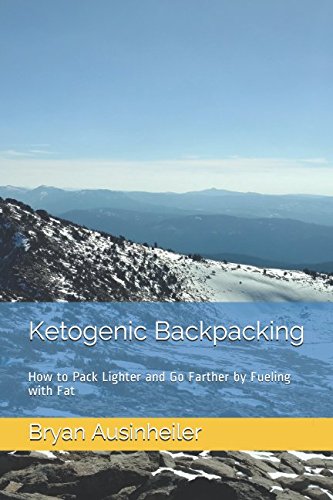

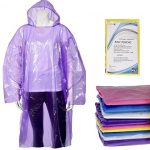


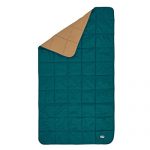
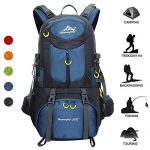
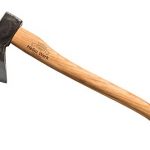
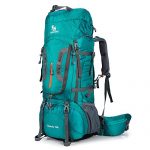
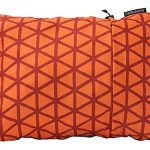

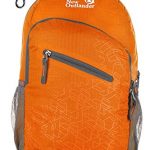
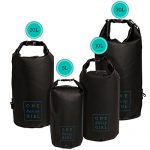






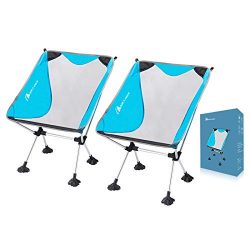
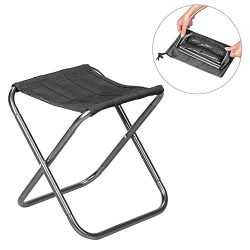
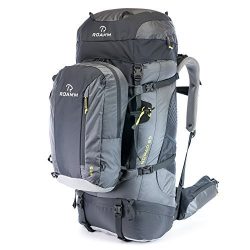
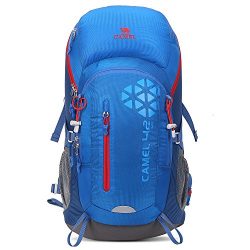
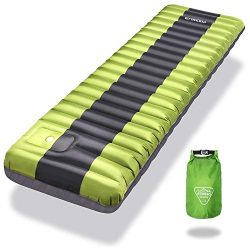
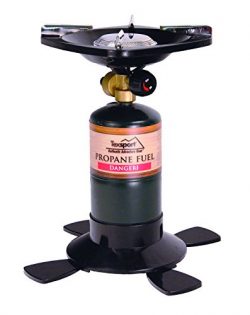

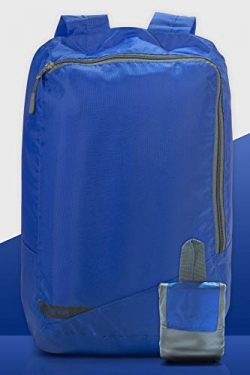
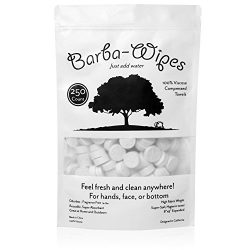

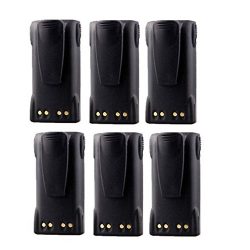

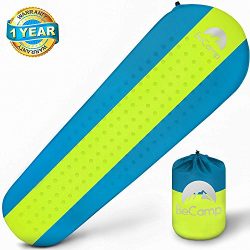


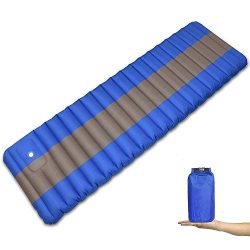
Has lots of ketogenic backpacking recipes! I bought this book as soon as it was released. I have struggled to figure out what foods to use for Ketogenic backpacking. I had done multiple internet searches and there really isn’t much of anything substantial out there on this topic. I was getting tired quickly on my last backpacking trip because I had only been able to come up with two foods and was eating them over and over. This book has lots of recipes to choose from that he has extensively taste-tested and refined. Most of the recipes…
Pretty good
Well Researched and Incredibly Detailed